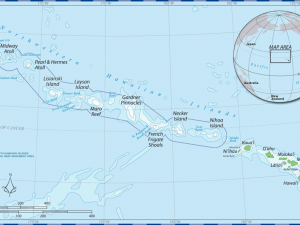Food
Climate change is projected to reduce the availability and affordability of nutritious food. Impacts are distributed unevenly, with farmworkers, subsistence-based communities, and rural populations facing increasing risks. Opportunities that leverage agroecological approaches can limit emissions from agriculture and improve the resilience of rural communities.
- Agricultural adaptation increases resilience in an evolving landscape.
- Climate change disrupts our food systems in uneven ways.
- Rural communities face unique challenges and opportunities.
Adapted from the Agriculture, Food Systems, and Rural Communities chapter of the Fifth National Climate Assessment.
Looking for previous narratives?
Featured resources for building food resilience


Jesse Allen and Robert Simmon, NASA Earth Observatory. Public domain, via Wikimedia Commons

Jake Bell. Used with permission
Related Case Studies & Action Plans

This work has been released into the public domain because it contains materials that originally came from the U.S. National Oceanic and Atmospheric Administration. No endorsement by licensor implied.

This image has been released into the public domain because it contains materials that originally came from the National Park Service. No endorsement by licensor implied.

Photo attributed to Royalbroil. Incorporated here under the Creative Commons Attribution 3.0 Unported license. No endorsement by licensor implied.

Angela Burgess, USFWS



